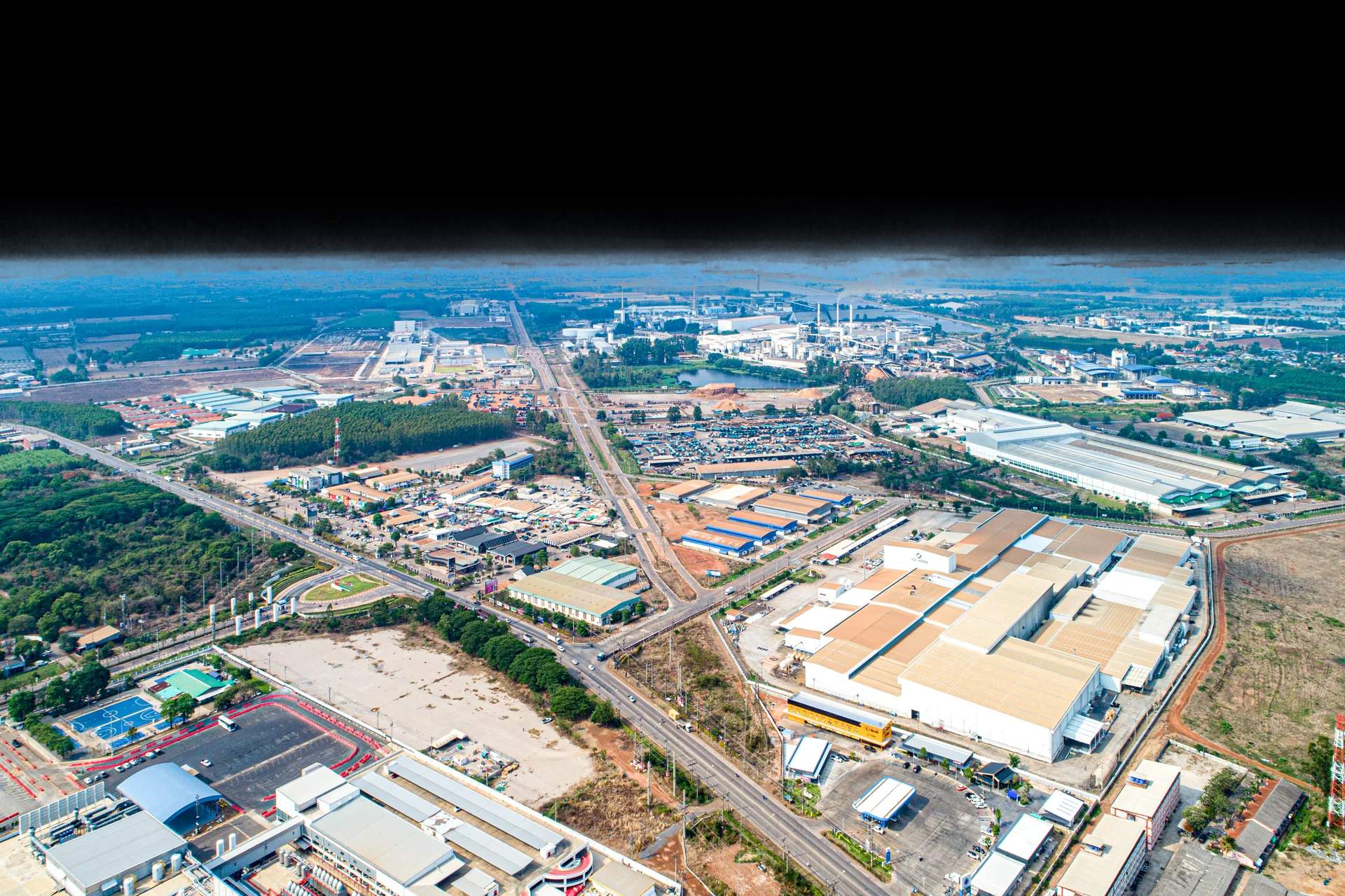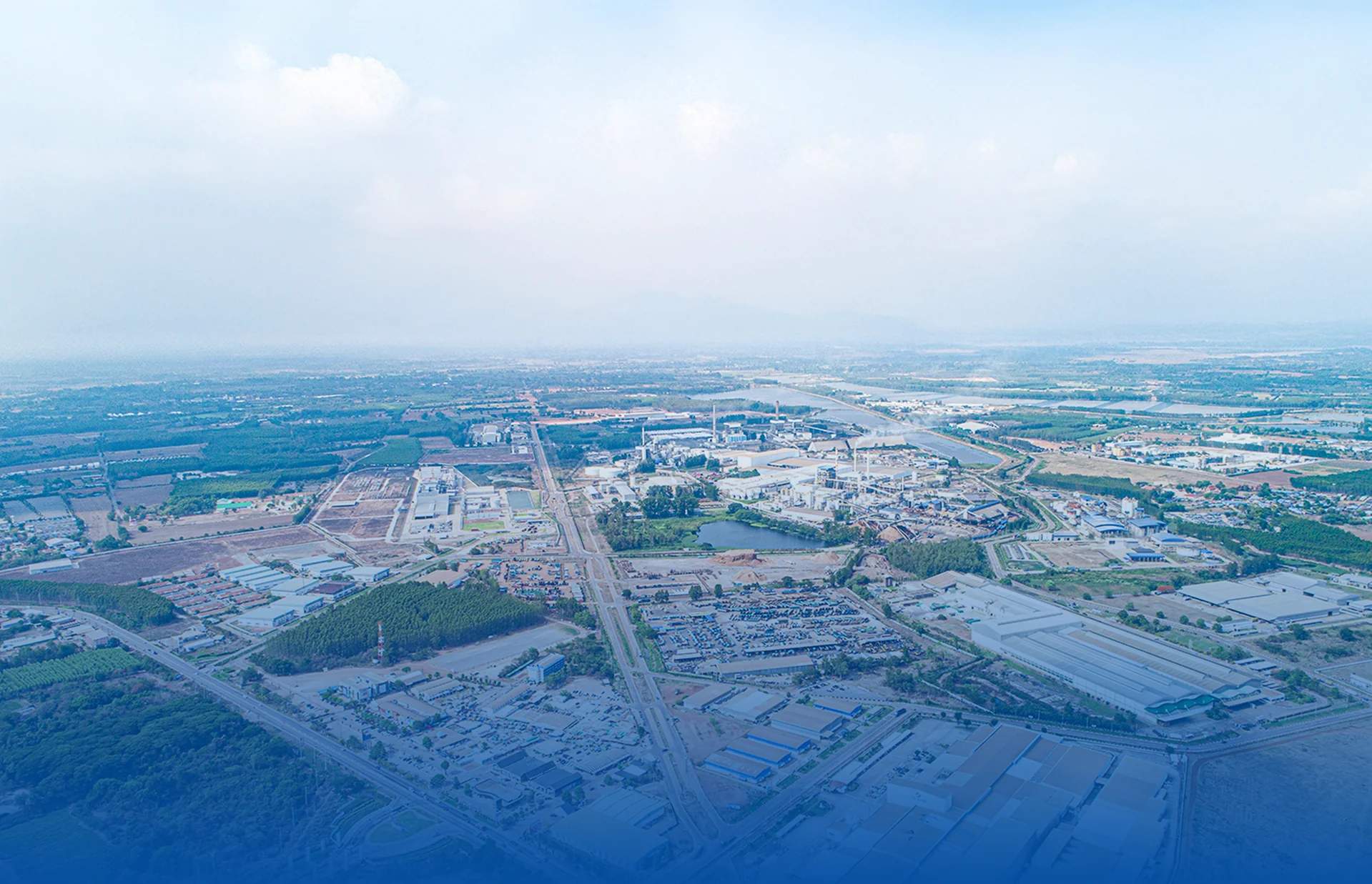Regional connectivity transportation hub
304 Industrial Park is located along the Southern Economic Corridor (SEC), which is an economic corridor connecting Thailand with countries in the Indochina region and the Greater Mekong Subregion (GMS). This corridor stretches from Thailand to Phnom Penh, Cambodia, and Ho Chi Minh City, Vietnam. It facilitates cross-border land transportation, reduces costs, and strengthens regional investment connections.

Connecting Seamlessly to the World
Strategically located near Laem Chabang Deep Seaport, Suvarnabhumi Airport, Bangkok, and Nakhon Ratchasima — a gateway to the labor pool. Well-connected via Highways 304 and 331, with new motorways under construction, including Motorway No. 71 (Bangkok–Aranyaprathet) and Motorway No. 61 (Nakhon Ratchasima–Laem Chabang), ensuring fast, efficient transport and full support for future industrial growth.
105 km
ICD Warehouse, Lat Krabang110 km
Suvarnabhumi Airport130 km
Laem Chabang Deep Seaport140 km
Bangkok (Capital)150 km
Port of Bangkok150 km
Pattaya160 km
Map Ta Phut Port160 km
Nakhon Ratchasima (A gateway to labor pool)Nearby
Two Motorway projects - Route No.61 and 71
Strategic Key Industrial Clusters
304 Industrial Park is designed as a hub for S-Curve industries, driving Thailand's industrial future. Covering both First and New S-Curve sectors, it empowers businesses with a high-potential location that enhances competitiveness, streamlines supply chain connectivity, reduces costs, improves transport efficiency, and supports sustainable industrial growth.

Flood-free with strong soil layers
304 Industrial Park is located 14–21 meters above sea level, safe from flooding, with strong soil layers suitable for factory construction. This helps reduce construction costs by over 20% and strengthens competitiveness in the global market.








Cost-Effective Workforce for Industry Needs
A nearby labor pool offers a sufficient supply of skilled and semi-skilled workers at lower costs, perfectly aligned with industrial workforce demands.

304 Industrial Park
Creating a future-ready ecosystem for businesses, with green energy, complete facilities, and global connectivity.
Contact Us


